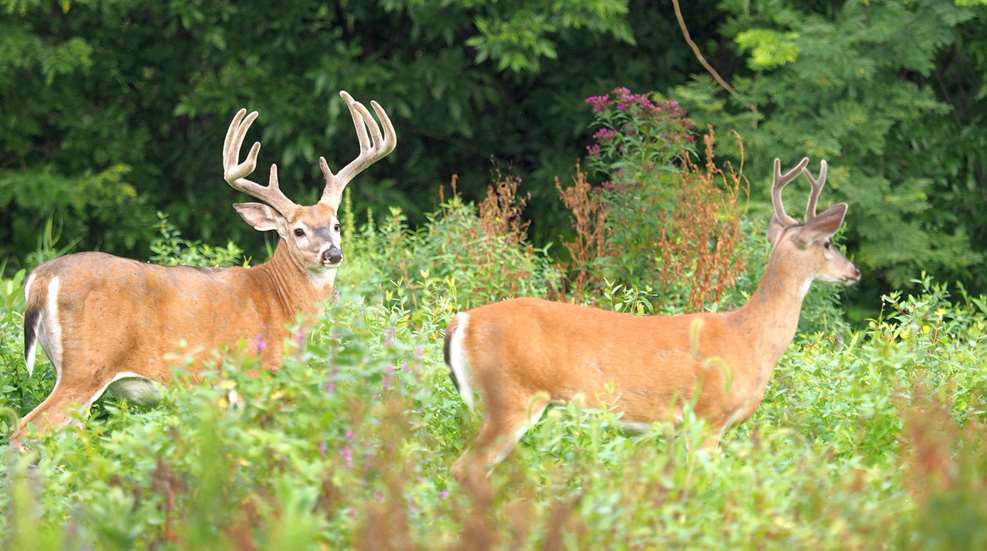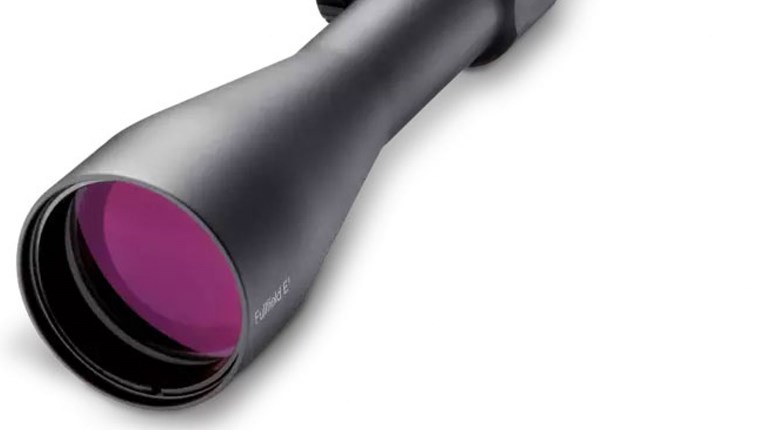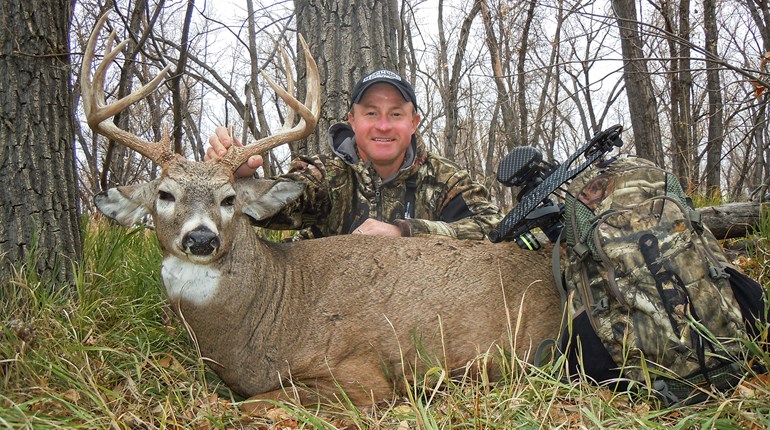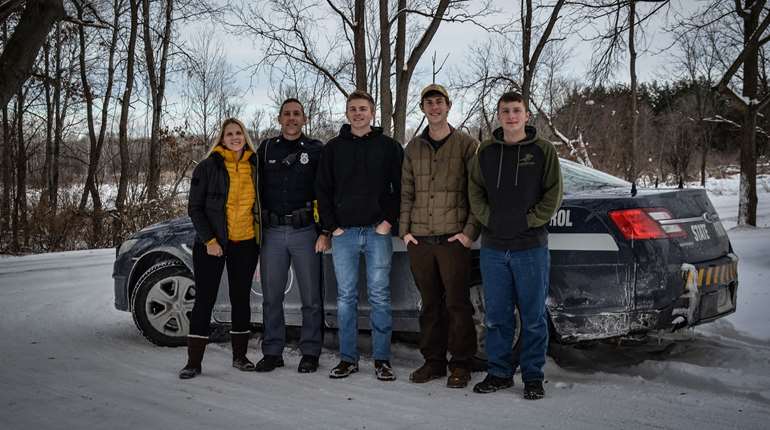
There’s deer hunting, and then there’s trophy deer hunting. Sitting in a treestand over a food plot hoping to shoot a doe for the freezer is a very different game than locating a trophy buck, trying to figure out his pattern, watching him over multiple seasons, attempting to outsmart him at his own game and hoping for a bit of luck when it all comes together. Any kind of legal deer hunting you want to do is great, but if you’re determined that you want to shoot a big buck this fall, you have to be deliberate in your approach. Here are five reasons it might not come together the way you’re dreaming.
1. You Stayed Home Because of the Weather
I get it: Hunting in the rain is just not as much fun as hunting when the sun is shining. The rain makes everything harder and more uncomfortable, especially when it’s cold. On top of that, you might have heard that deer move less when it’s rainy, and that can be true in certain circumstances—but it’s a generality, not a rule, and deer can absolutely be out and about in all but the heaviest downpours. Now, don’t go sitting in the woods in dangerous conditions, like a whiteout blizzard or high winds. But in general, the old saying “You can’t kill them from the couch” is 100 percent true. You won’t kill a big deer this fall if you stay home!
2. You Failed to Plan
Killing a big buck can definitely happen by chance or by luck, but the odds of pulling it off go way, way up if you’ve planned ahead. Scouting plays a tremendously important role in figuring out where the deer spend their time and what travel routes they’re taking from one hangout spot to another. Trail cameras are a huge help in nailing down a buck’s pattern, and once you know where he likes to spend his time, you’ll have a good idea of where to hang a treestand or set up a ground blind for a perfect ambush. Without this information, you’re just setting up blindly and hoping to get lucky.
3. You Ignored the Wind and Got Busted
One of the most important things to know when you’re deer hunting is how to play the wind. A deer’s sense of smell is highly developed as one of its primary defense mechanisms, and deer can smell your natural human odor as well as all the other scents you carry around on your clothing, in your hair, and on your gear. Some deer are more wary than others, and you might be able to get away with sloppy scent practices on young deer and groups of does, depending on the situation. But a big buck didn’t live long enough to grow those trophy antlers by being careless. If he smells you, he’s gone. Scent-control products can help, but the best scent protection is hunting the wind. Make sure you are sitting downwind of where you expect a buck to walk out, so that the wind is carrying your scent away from him. This gets more and more vital the closer you expect the shot opportunity to be, which is why bowhunters are borderline obsessive about trying to eliminate their scent—their shots are super close.
4. You Shot the First Thing That Walked Out
This can be a hard lesson to learn, especially for new hunters. While there’s absolutely nothing wrong with shooting any legal deer that you’re happy with, if you have your heart set on a big buck, you’re going to have to learn to pass on the small and medium-sized bucks. You might need to pass on the does at a particular stand on a particular day, too. If you’re hunting your best big-buck-ambush stand and you know the biggest buck in the area tends to enter this field right before dusk, don’t shoot a doe out of that stand an hour before legal shooting light ends. You’ll make all sorts of disturbance dragging her out of there and leave your human scent all over the place, and the buck won’t walk out into the middle of that. Save the does for those marginal days or the stands where you don’t expect to see the buck.
If you’re in a situation where you have multiple buck tags and/or multiple stand sites where you can reasonably expect to encounter a really nice buck, it might not be a problem for you to shoot a medium-class buck early in the season and then shift your focus to a bigger trophy. But if you’re in a one-buck state, it’s obvious: You won’t shoot a big buck this fall if you blow your tag on a 2½-year-old on opening day.
5. Your Expectations Are Too High
There’s a simple, hard truth about deer hunting: Really big bucks aren’t everywhere. They’re rare for a reason, and the size and quality of deer varies widely based on geography, terrain and other factors. If you hunt in Florida and you’re holding out hope for a Saskatchewan-sized 300-pounder, your expectations just don’t match your reality. Set your sights on a deer that’s considered good for your area, and be realistic about what that means and what the odds are on your particular piece of hunting property. For example, your chances of encountering a big-for-the-area buck on heavily pressured public property are lower than they are on a carefully managed hunting club with food plots and deer sanctuaries. If you’re passing every buck you see because you’re waiting on a monster that just doesn’t exist, you won’t shoot anything this fall.
The great news is that in deer hunting, almost anything can happen, and a massive buck that no one has ever seen before can walk out into almost any setup at almost any time, especially during the rut. It’s rare, but it happens to lucky hunters all around the country every year. As long as the season is open, there’s always hope—but you can increase your chances of killing a big buck by setting realistic expectations, being selective about what you shoot, playing the wind, planning ahead and getting out there as much as you’re able.














































